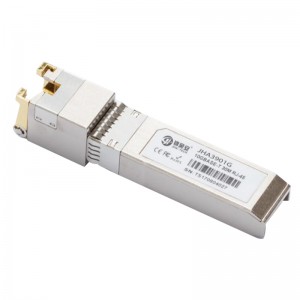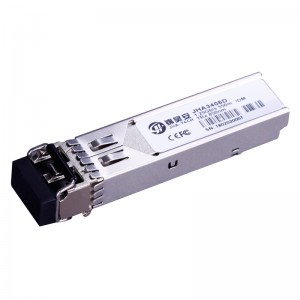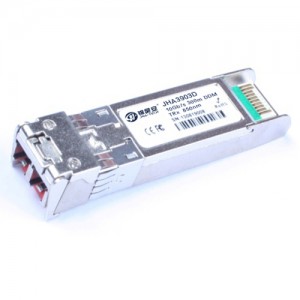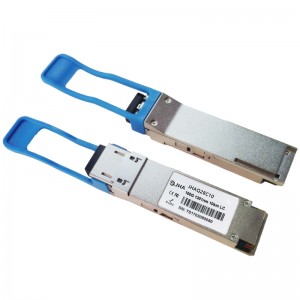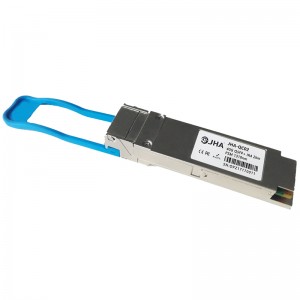Transmission rate is a crucial factor in determining the type of Ethernet switch port. At present, the transmission rate of Ethernet switches is 1G/10G/25G/40G/100G or even higher. The following are the mainstream port types of these Ethernet switches with different transmission rates.
RJ45 por
Currently, the port on the 1000BASE-T Ethernet switch is RJ45. This type of port can be used for server access, LAN, and desktop switch uplink or gigabit to desktop bandwidth applications in data centers. When two 1000BASE-T Ethernet switches are connected, standard twisted-pair cables are usually used, such as CAT-5, CAT-5, CAT-6, and CAT-6 network jumpers.
SFP port
The SFP port (mini GBIC port) is a small hot-swappable interface. In Ethernet, the SFP port rate is 1Gbit/s, and in the Fibre Channel system, the SFP port rate can reach 4Gbit/s. When inserting the SFP optical module in the Gigabit switch with SFP port and using different cables (optical fiber jumper or copper cable), it can realize long and short distance transmission on optical fiber and short distance transmission on copper cable. For example, the maximum transmission distance is 160 kilometers when the JHA5420D-35 optical module is connected with the LC duplex fiber jumper, and the maximum transmission distance is when the JHA3901D optical module (ie, electrical interface module) is connected with the five-category network cable. The transmission distance is 100 meters.
SFP+ port
The SFP+ port (small pluggable interface) is an upgraded version of the SFP port, which can support a transmission rate of up to 10Gbps. The SFP+ port is backward compatible, which means that SFP optical modules can be supported on the SFP+ port, but the transmission rate of the link will be reduced to 1Gbps. It should be noted that SFP+ optical modules cannot be supported on SFP ports because the rate of SFP+ optical modules cannot be adjusted to 1Gbps.
SFP28 port
SFP28 port is an upgraded version of SFP+, both have the same shape and size, but SFP28 can achieve a transmission rate of 25Gb/s on a single channel. The emergence of SFP28 provides a new path for data center network upgrades-10G-25G-100G network upgrade path. Compared with the previous 10G-40G-100G network upgrade path, 10G-25G-100G is a more economical and efficient way. A solution that can meet the growing demand for next-generation data center network bandwidth.
QSFP+ port
QSFP+ port is developed on the basis of QSFP (four-channel small pluggable interface), which has 4x10G channels and is suitable for 40G Ethernet. In other words, the QSFP+ port is equivalent to a 40Gbps transmission through four-channel SFP+ interfaces.
QSFP28 port
The QSFP28 port is designed for 100G applications. It has four high-speed differential signal channels and supports data transfer rates from 25Gbps to 40Gbps, meeting 100Gbps (4x25Gbps) Ethernet and 100Gbps 4X InfiniBand Enhanced Data Rate (EDR) requirements.
Post time: Nov-20-2020

